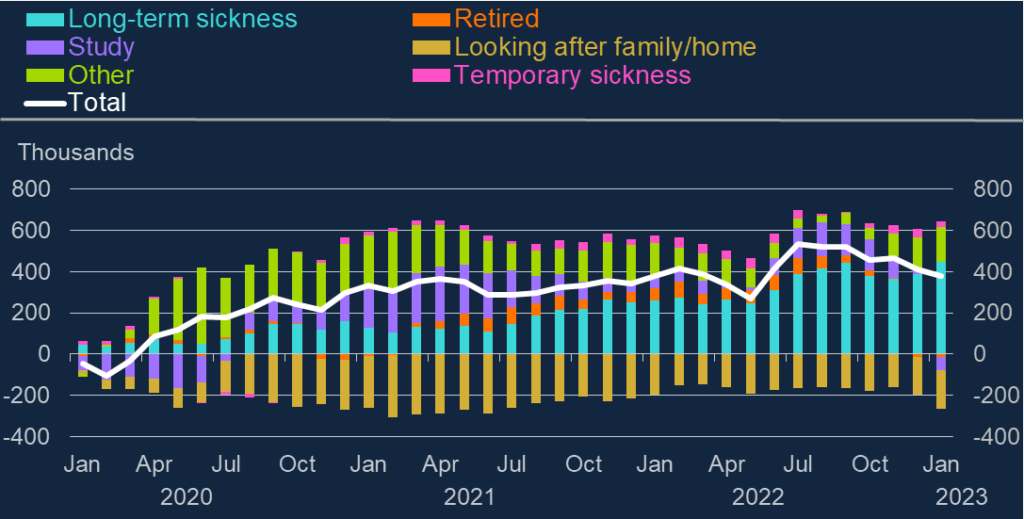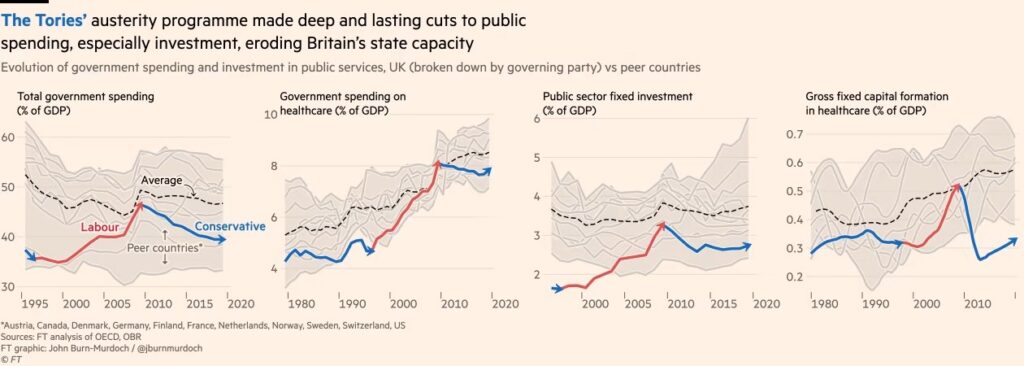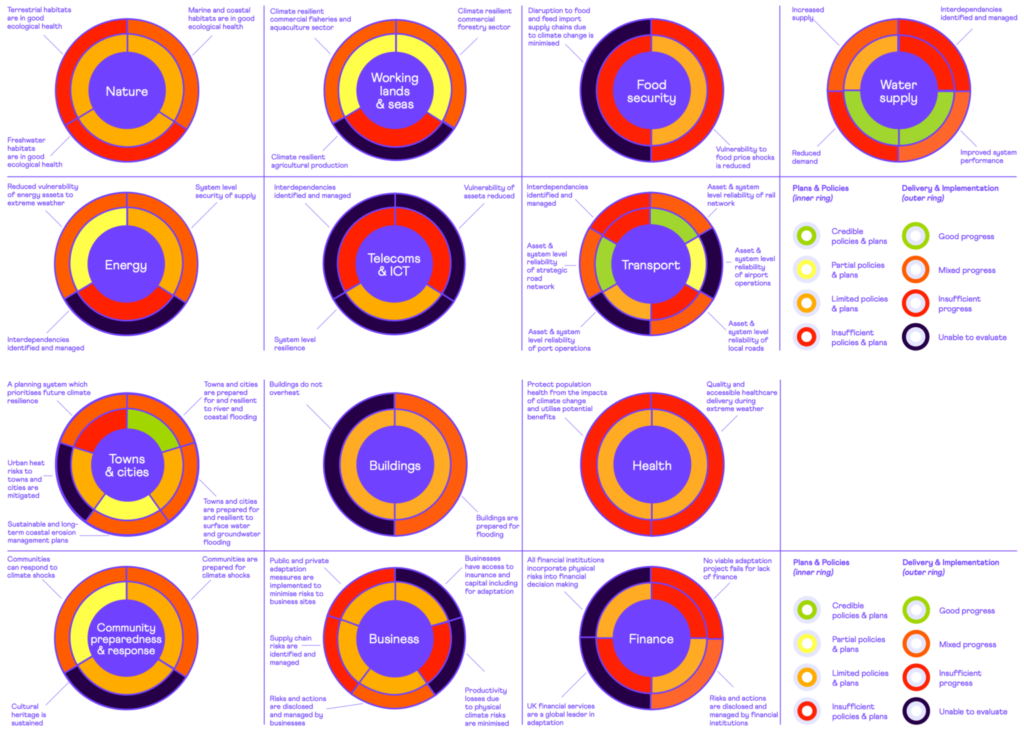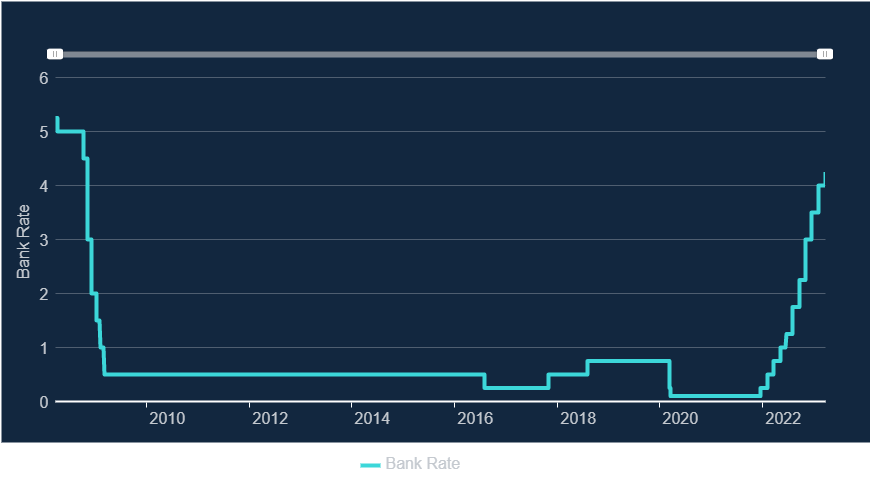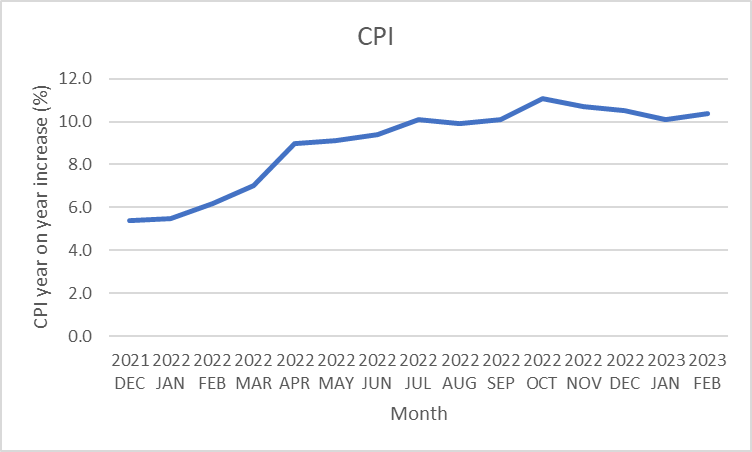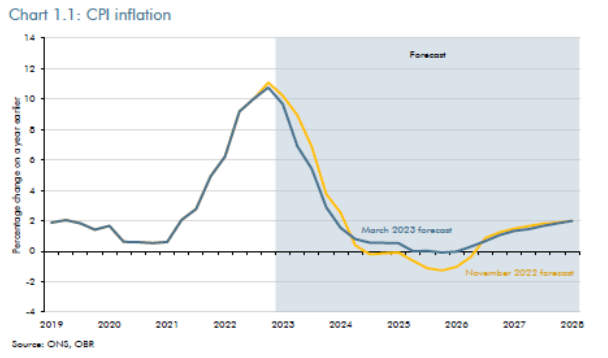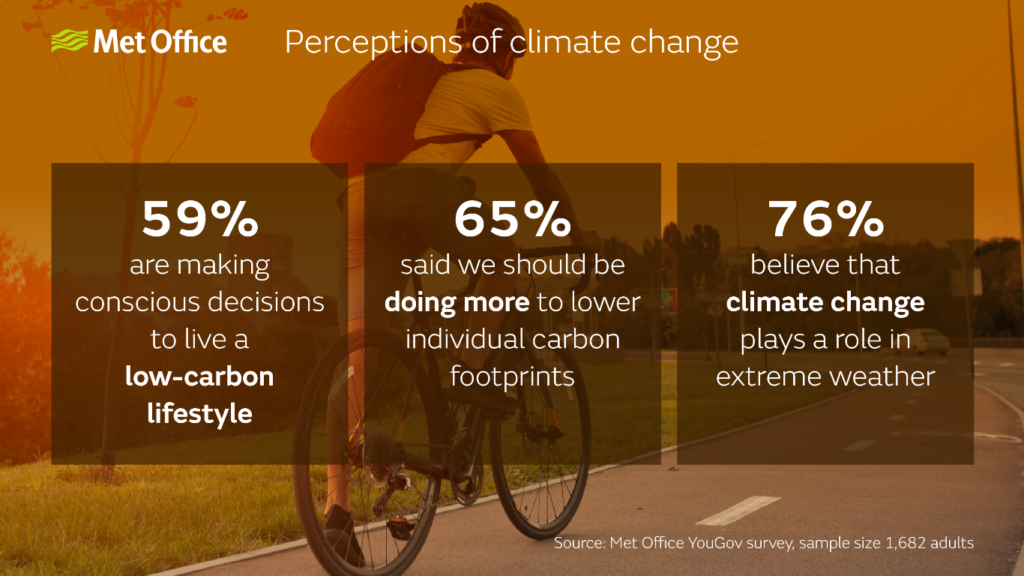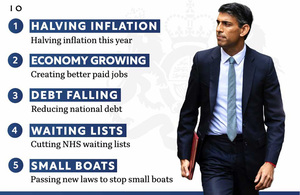I recently finished reading Chasm City by Alastair Reynolds, which I highly recommend. In it, sufficiently rich people have been able to buy a programme of treatments which make them immortal. Not that they can’t die, but they needn’t if they’re careful. Good science fiction, I thought.
Then I read Paul Kitson’s (the new UK Head of Pensions Consulting at EY) piece on LinkedIn where he wrote (bold mine):
Pension schemes, corporate sponsors, members – everyone, in fact – must now contend with a forward looking plan that (somehow!) considers on one side the possibility of future pandemic outbreaks shortening life expectancy, and on the other side the many £billions being spent on ‘regenerative medicine’ (AKA “the ending of ageing” or “escape velocity for death”!).
So perhaps not entirely, I thought.
In Chasm City, the immortals who live in “the Canopy” have two main problems:
- Hanging on to their wealth and, if possible, increasing it, as forever is a long time to finance.
- Boredom.
One particular group amuse themselves by hunting poor people in “the Mulch” (lower level where the poor live). Others indulge in increasingly dangerous pastimes to inject some urgency into the otherwise featureless expanse of their lives. No wealth moves from the Canopy to the Mulch, not even in a trickle.
I am just finishing Do Androids Dream of Electric Sheep by Philip K Dick (a classic, I know, but I hadn’t read it before, although I have seen Bladerunner). One of the features of the post-apocalyptic world of 1992 described are “mood organs” which allow you to dial up a given mood at any time, eg 481 is “awareness of the manifold possibilities open to me in the future” whereas 888 is the desire to watch TV, no matter what’s on it. Again, good science fiction, I thought.
Then I read a piece in this months’ Actuary magazine called Apt apps, about doctors being recommended by NICE to offer patients with insomnia the Sleepio app as an effective and cost-saving alternative to sleeping pills. So perhaps not entirely, I thought.
The first book was written in 2001 and the second in 1968, so it would seem that lead times are variable.
Both books deal with the fragility of identity, whether via memory implants and religious viruses in Reynolds’ book or how we go about separating androids from people from “chickenheads” in Dick’s. The divisions between the life experiences of the different groups are so stark, but it is the characteristics of the people in them which takes up everyone’s time and attention in both books, rather than the structure of the societies which create such extreme winners and losers. Which suddenly doesn’t feel like science fiction at all.
Meanwhile what has happened to England’s life expectancies by decile of deprivation in the last 10 years?
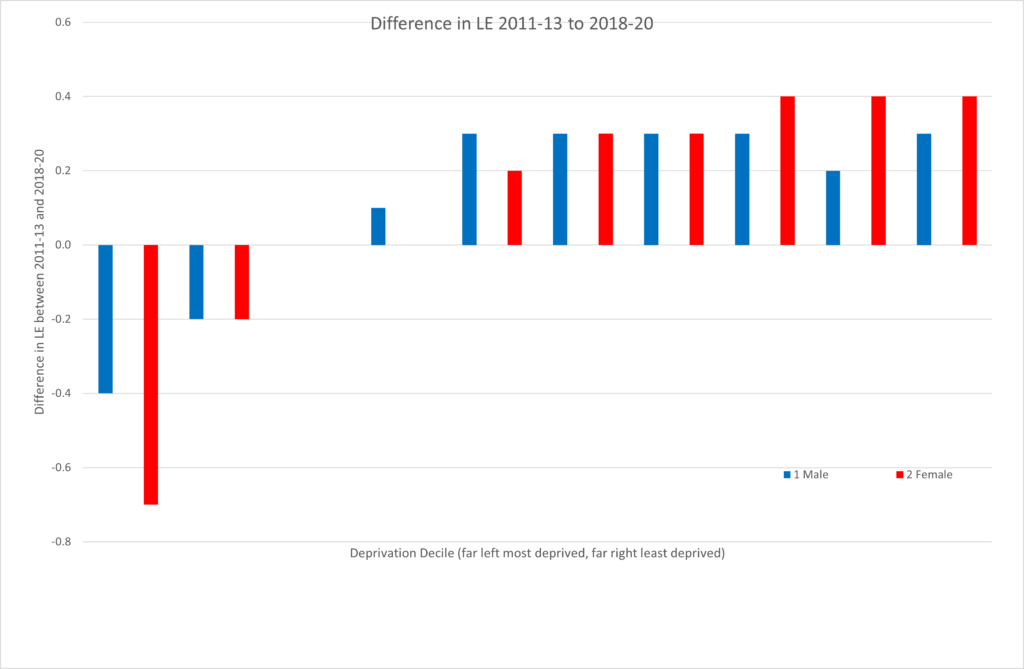
Source: ONS https://www.ons.gov.uk/peoplepopulationandcommunity/healthandsocialcare/healthinequalities/bulletins/healthstatelifeexpectanciesbyindexofmultipledeprivationimd/2018to2020#health-state-life-expectancies-data
So not quite immortality yet at the top, but inequality is clearly worsening in life expectancy. The Government Actuary’s Department gave an upbeat view last year on what the impact of the recent Levelling Up White Paper might be. Others are upbeat too.
However the Government’s track record is not good on inequality. Sir Michael Marmot produced the Marmot Review on health inequalities in the UK in 2010 and then followed this up with a review of what progress had been made 10 years later. As he points out in his recent interview in The Actuary:
Health spending fell from around 42% to 35% during the 2010s. He notes that this reduction was carried out in a regressive way: “There has been a 16% reduction in health spending for the most affluent, but a 32% reduction for the most deprived groups.” In addition, he says, while unemployment fell over the course of the decade, the income of employed people also went down – so the proportion of people living in poverty rose, as did child poverty.
These are the kinds of interventions that matter for most people rather than sleep apps or regenerative medicine to achieve escape velocity from death. And they are definitely not science fiction.




